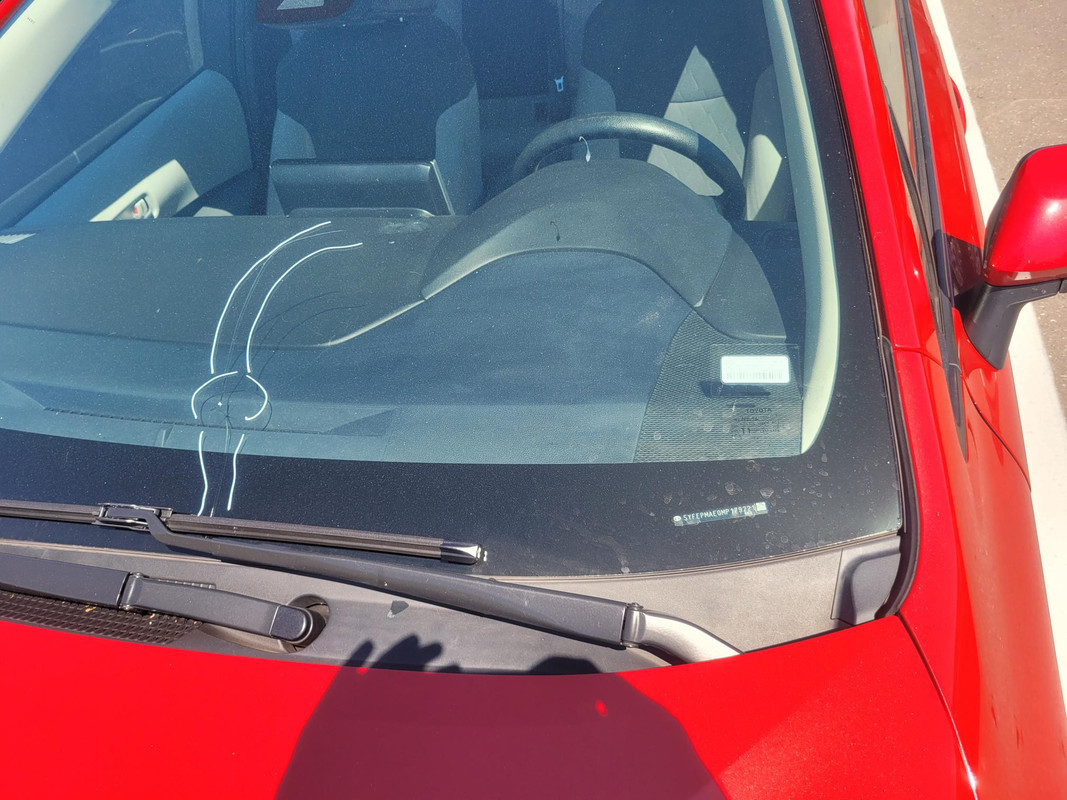Introduction
When you think about ultraviolet (UV) rays, your mind might wander to sunburns or skin protection. However, these invisible rays can also wreak havoc on your vehicle's interior and windows. In this comprehensive guide, we will explore the impact of UV rays on your vehicle's interior and windows, what you can do to mitigate the damage, and how to maintain the longevity of your auto glass.
By the end of this article, you'll have an in-depth understanding of why protecting your vehicle from UV rays is essential. So, grab a cup of coffee, settle in, and let's dive into the world of UV rays!
The Impact of UV Rays on Your Vehicle’s Interior and Windows
Ultraviolet rays are part of the sun's natural radiation and are categorized into three types: UVA, UVB, and UVC. While UVC is mostly absorbed by the Earth's atmosphere, UVA and UVB can significantly affect your vehicle’s interior materials such as fabrics, plastics, and leathers.
Understanding UV Radiation
- What Are UVA Rays? UVA rays penetrate deep into the skin and fabric materials. They are responsible for aging effects like fading and cracking. What Are UVB Rays? These rays cause more immediate damage such as sunburns but can also contribute to long-term fading in car interiors.
Effects on Interior Upholstery
1. Fading Fabrics
One of the primary impacts of UV radiation is fading. Over time, exposure to sunlight can lead to discoloration in seat covers, carpets, and dashboards.
- How Long Does It Take? Depending on intensity and duration of exposure, visible fading can occur within months.
2. Cracking Leather Seats
Leather seats are luxurious but highly susceptible to damage from UV rays. Prolonged exposure leads to drying out and cracking.
- What Can Be Done? Regular conditioning with leather protectants can help mitigate this issue.
3. Deterioration of Plastic Components
Plastics often used in vehicle interiors may become brittle or discolored when exposed to sunlight repeatedly.

Impact on Auto Glass
1. Window Tinting Benefits
Using tinted windows not only enhances privacy but also protects against harmful UV rays that can damage both glass and interiors.
- Is It Legal? Laws vary by state regarding window tinting; make sure to check local regulations before applying any tint.
2. Windshield Protection Strategies
A windshield replacement in Greensboro may be necessary if it becomes too damaged due to persistent sun exposure leading to thermal stress cracks.
Signs Your Vehicle is Affected by UV Rays
1. Visual Indicators of Damage
If you notice fading colors or brittle textures inside your car, it's likely that it's been compromised by UV radiation over time.
2. Loss of Comfort
Uncomfortable heat levels inside your vehicle could indicate inadequate protection against solar radiation.
Preventive Measures Against UV Damage
1. Use Sunshades
Investing in quality sunshades for front windshields can significantly minimize heat buildup while blocking harmful rays when parked under direct sunlight.
2. Regular Maintenance Checks
Routine inspections for signs of wear or damage will ensure that issues arising from prolonged sun exposure are addressed promptly.
The Role of Auto Glass Replacement Greensboro Services
Choosing professional services like auto glass replacement Greensboro ensures that you receive high-quality materials resistant to UV damage while maintaining visibility standards required for safe driving conditions.
Why You Should Consider Windshield Replacement Greensboro Options?
Windshields not only protect against weather elements but also against direct sunlight exposure; hence their durability is crucial for long-term performance.
FAQs
1. What are the main sources of UV radiation?
Ultraviolet radiation primarily comes from sunlight but also artificial sources like tanning beds and certain types of fluorescent lights.
2. How does sunlight affect my car’s dashboard?
Prolonged exposure causes dashboards made from plastics or polymers to fade or crack over time due to thermal expansion caused by heat buildup inside the car.
3. Is window tinting effective against UV rays?
Yes! Properly installed window tints block a significant percentage (often over 90%) of harmful UV radiation while enhancing comfort inside your vehicle.
4. How often should I condition my leather seats?
It's advisable to condition leather seats every three months or more frequently if exposed directly to sunlight often.
5. Can I DIY my windshield replacement?
While some might attempt a DIY approach for windshield replacement in Greensboro, it's best left to professionals who understand safety standards involved with auto glass installation.
6. Are there any specific products recommended for protecting my car's interior?
Look for products specifically labeled as UV protectants; they usually contain ingredients that insurance auto glass Greensboro NC help shield surfaces from sun damage effectively.
Conclusion
In summary, understanding The Impact of UV Rays on Your Vehicle’s Interior and Windows is crucial for maintaining both aesthetics and functionality in your automobile over time. From simple preventive measures like using sunshades or window tints to seeking professional services such as auto glass replacement Greensboro when needed—these steps contribute significantly towards preserving your investment in a vehicle that looks good while lasting longer under various environmental stressors.
So next time you're considering whether or not it's worth it to protect your car from those pesky ultraviolet rays—remember this guide! Taking proactive steps today means enjoying a well-maintained ride tomorrow.